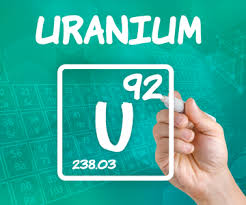Heterogeneity of uranium in water from south peninsular India
Physics
DOI:
https://doi.org/10.14331/ijfps.2011.330003Keywords:
Uranium, HBRA, Water, ingestion doseAbstract
The South Peninsular India is known to have very high levels of natural background radiation due to the monazite rich beach sand. Primordial uranium is ubiquitous and the heaviest radio toxic trace element available in all terrestrial substances at varying levels depending on the geology of the region. Uranium series supports several short-lived radioisotopes during its decay including radium. Uranium in drinking water is important in terms of the ingestion dose also. This report depicts the results of uranium analysis of 600 water samples collected from the south coast peninsular region extending parts of Kerala and Tamilnadu states of India through fission track registration technique. Results of the analyses of water samples collected from different sources in the south coast of India show that uranium concentrations vary from 0.82 µg/l to 7.32 µg/l equivalents to the specific activity of 10.33 Bq/m3 and 92.23Bq/m3, respectively. Estimated daily intake of uranium through drinking water ranges from 20.22 to 18.58mBq/kg and is lower than the recommended limits of intake. The heterogeneity in distribution of uranium in water bodies is due to the presence of monazite sand deposited in the coast over the years.
Downloads

Published
How to Cite
Issue
Section
License
Copyright (c) 2011 International Journal of Fundamental Physical Science

This work is licensed under a Creative Commons Attribution 4.0 International License.











